


A team of engineers at RMIT University has developed a groundbreaking 3D-printed titanium alloy that s stronger, more ductile, and nearly 30% cheaper to produce than...



AI is helping scientists crack the code on next-gen batteries that could replace lithium-ion tech. By discovering novel porous materials, researchers may have paved the way...



Deep beneath the Swiss-French border, the Large Hadron Collider unleashes staggering amounts of energy and radiation—enough to fry most electronics. Enter a team of Columbia engineers,...

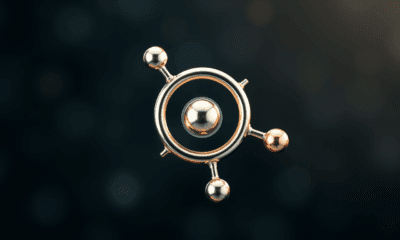

Scientists at OIST have defied a foundational rule in chemistry by creating a stable 20-electron version of ferrocene—an organometallic molecule once thought to be limited to...



A pioneering team at the University of Maryland has captured the first-ever images of atomic thermal vibrations, unlocking an unseen world of motion within two-dimensional materials....



Imagine concrete that not only survives wildfires and extreme weather, but heals itself and absorbs carbon from the air. Scientists at USC have created an AI...
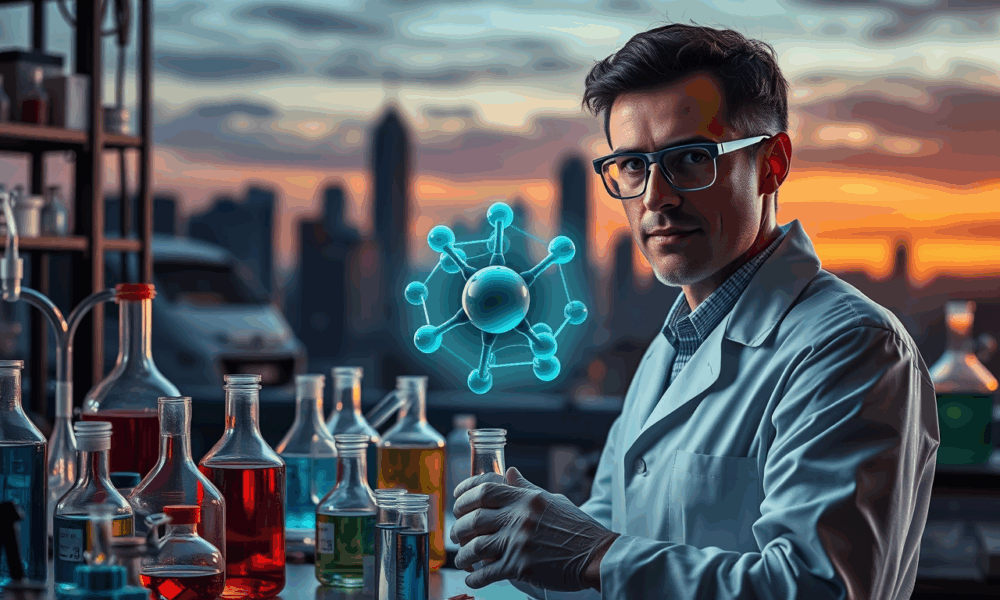


Using a clever combo of iron and radical chemistry, scientists have unlocked a safer, faster way to create carbenes molecular powerhouses key to modern medicine and...
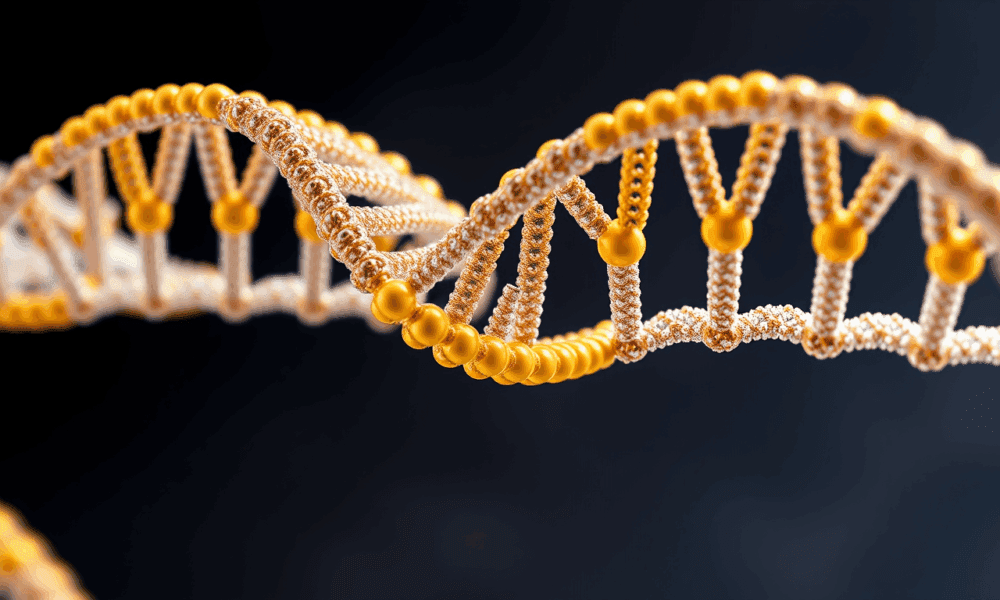
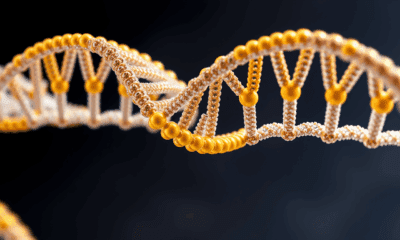

Scientists have used DNA's self-assembling properties to engineer intricate moiré superlattices at the nanometer scale—structures that twist and layer like never before. With clever molecular “blueprints,”...
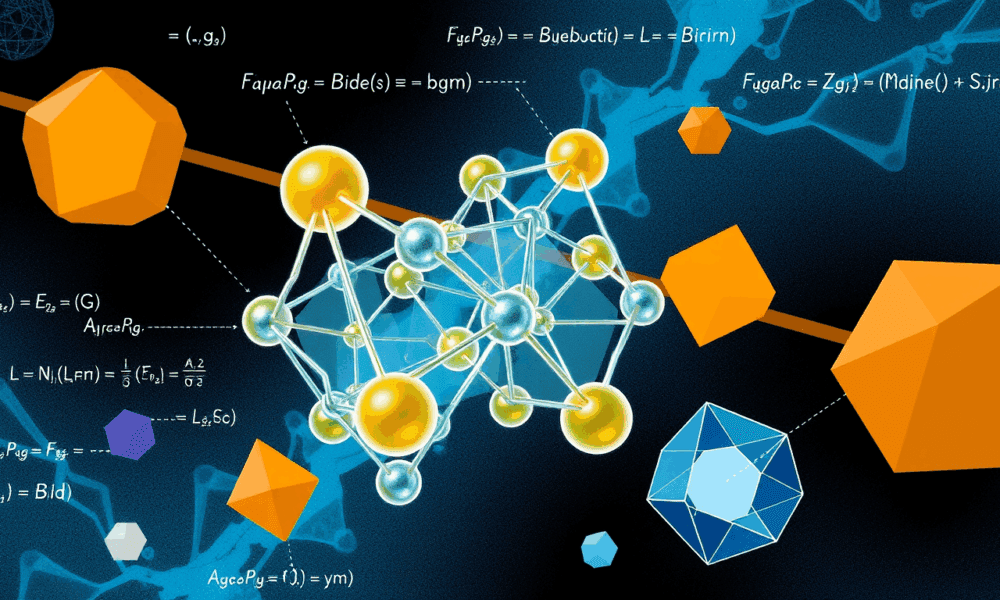
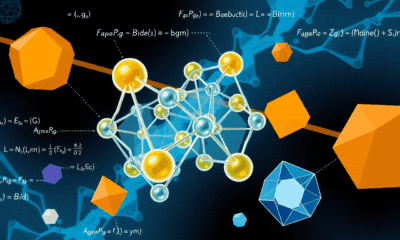

Crystals may seem flawless, but deep inside they contain tiny structural imperfections that dramatically influence their strength and behavior. Researchers from The University of Osaka have...



Using advanced metasurfaces, researchers can now twist light to uncover hidden images and detect molecular handedness, potentially revolutionizing data encryption, biosensing, and drug safety.